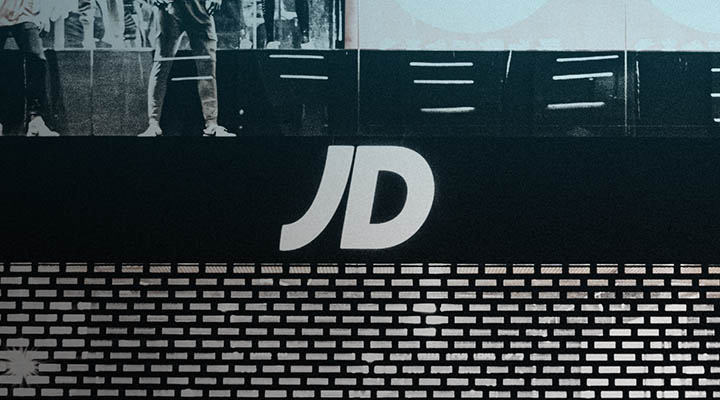For me, JD Sports is one of the few UK retailers who has not only defined and successfully implemented its go-to-market strategy but now has stable control over it.
The stats speak for themselves when it comes to Britain’s ongoing high street woes. In the first half of this year, the High Street counted the loss of nearly 3000 stores. The most recent, well-known examples are Karen Millen and Coast, closing more than 200 stores and concessions combined. You won’t be surprised to know that UK retail sales have suffered a similar fate, with sales dropping at their fastest rate since 2008, during the height of the global financial crisis.
It’s not just this side of the Atlantic feeling the pinch though, so far in 2019, US retailers have closed almost 7,300 stores. While this sounds high, the most alarming fact is that this is the most store closures that we’ve seen in any full-year period before!
I thought it would, therefore, be interesting to briefly compare and contrast the fortunes of three retailers, all making the headlines recently for one reason or another. These retailers being JD Sports, Kingfisher and Aldi.
JD Sports recently announced that operating profits were through the roof at +61% year on year, granting it entry into the FTSE 100. The sports fashion retailer is not only benefitting from its own success but also the struggles of its nearest rivals Sports Direct and Schuh, who have both been facing issues - Belgian tax bills and profit losses respectively.
For me, JD Sports is one of the few UK retailers who has not only defined and successfully implemented its go-to-market strategy but now has stable control over it. This means it can mix brands, make partnerships, enter new markets, drive social media traffic and host a plethora of events, all while maintaining core growth and strong in-store availability and experience.
JD isn’t immune to high street trends, however, and their execs have consistently noted that its store portfolio must be constantly reviewed to ensure all stores are pulling their weight, and any fat is trimmed quickly and efficiently to maintain portfolio performance. With the CMA also scrutinising its potential Footasylum takeover, there’s bound to be some bumps in the road, but it’s great to see a big high street name continue to buck the trend.
Now for Kingfisher, whose relatively surprising downturn (a 12.5% decline in statutory pre-tax profit) has left a few analysts scratching their heads. Since Véronique Laury’s departure, its One Kingfisher strategy has been left in limbo, with most unsure as to whether its new CEO Thierry Garnier, will push on with the multi-million-pound transformation programme or take the Group in a different direction.
Having personally visited almost every brand in the portfolio across Europe, what struck me is the key differences across each store - target customer base (trade vs DIY), in-store layout & design, and the level of technology in-use, to name a few. So it was never going to be easy to align and unify some of the functions and models underpinning these businesses, but it seems that these differences are just too great for this to be achieved.
Kingfisher’s Chairman, Andy Cosslett, has already stated that the Board have given its new CEO complete freedom to decide which route to take, but I wouldn’t be surprised to see at least a minor break-up of the group, if it’s able to sell off its Iberian and Russian operations in the first instance. I’d also expect the focus to be narrowed to its UK, Irish & French markets, allowing more investment into the Group’s core brands and greater expansion of its golden child, Screwfix, into the Irish market.
Finally to Aldi, and pre-tax profits are down 18% at the German discounter, but panic not, this can largely be attributed to its store expansion programme in UK and Ireland and its price-cutting strategy to grow its market share and repel rivals such as Tesco’s Jack’s brand. Importantly, sales rose 11% in the year, including opening at least a store per week and attracting 800,000 new customers, with latest figures suggesting that more than half of British households now shop at Aldi ‘at least occasionally’.
Looking forward, Aldi has also announced plans continue its rate of store expansion, and to focus on doubling its presence in London, taking its store count inside the M25 to 100 within the next six years and attempting to grow its currently low 4% market share in the city (compared to 8% nationally). This includes plans for a new local store format, designed for the London market. At half the size of its typical stores, it will fit more effectively in densely populated areas such as the big smoke.
While this is great news for the London market, bringing greater competition and choice for consumers, I’m sure there’ll be some stern meetings at the traditional Big Four Grocers to discuss how they attempt to take on the discounters, or at least reduce the rate at which they’re currently losing market share.
Published
April 29, 2024Reading time
3 minutesRelated posts





